An extensive list of pathogens have been implicated in healthcare-associated infections (HAIs). High level disinfection (HLD) of semi-critical medical devices such as ultrasound probes is an essential part of the fight against HAIs.
Nanosonics has conducted extensive laboratory testing to validate the effectiveness of the trophon device and its sonicated disinfectant mist technology.
As a result, the trophon device is the only automated HLD technology for transvaginal, transrectal surface ultrasound probes to meet mandatory microbial efficacy test requirements for both CE mark and FDA registration.
This includes testing that meets the required EN, ASTM and AOAC standards to demonstrate:1-3
The trophon device in the clinical setting
In addition to mandatory testing, the trophon device is demonstrated to eliminate an extended range of clinically relevant pathogens including:
- Multi-drug resistant bacteria, such as MRSA and VRE
- Blood borne viruses sexually transmitted pathogens, such as chlamydia, gonorrhea, herpes, HIV, hepatitis A, B and C as well as HPV
- Clostridium difficile spores
| Vegetative bacteria | Fungi |
| Staphylococcus aureus | Trichophyton mentagrophytes |
| Pseudomonas aeruginosa |
Viruses |
| Salmonella choleraesuis |
Polio virus type 1 |
| Methicillin-resistant Staphylococcus aureus |
Herpes simplex virus type 1 |
| Vancomycin-resistant Enterococcus faecalis | Hepatitis A virus |
| Carbapenam-resistant Escherichia coli | Adenovirus type 2 |
| Neisseria gonorrhoea | Human hepatitis B virus surrogate (duck hepatitis B virus) |
| Chlamydia trachomatis (serotype K) | Human immunodeficiency virus type 1ϯ |
| Mycobacteria | Human norovirus surrogate |
| Mycobacterium terrae | Human rotavirus |
| Bacterial endospores | Human papillomavirus (HPV16 and HPV18) |
| Clostridium difficileϯ | Hepatitis C virus surrogate (Bovine viral diarrhea virus) |
| Clostridium sporogenesϯϯ | |
| Bacillus subtilisϯϯ |
ϯ the trophon device has been shown to inactivate these pathogens in laboratory tests.
ϯϯ Effective at extended contact time per FDA requirements for HLDs.
The trophon device Performance Demonstrated in Clinical Settings
The trophon device outperforms other methods of disinfection that have been tested in similar clinical settings:4,5
- Low level disinfection (LLD) wipes fail to systematically remove bacterial contamination from patient-used ultrasound probes.4
- UVC disinfection also fails to systematically remove bacterial contamination from ultrasound probes with no significant difference in performance to LLD wipes.6
- 80% of probe handles are contaminated with bacteria after soaking when the handle is not immersed, per typical practice.5
* Broadest efficacy spectrum as compared to ultrasound probe disinfection with UVC and ClO2 wipes systems.
The trophon® family includes trophon® EPR and trophon®2 which share the same core technology of 'sonically activated' hydrogen peroxide.
- Vickery, K., et al. (2014). "Evaluation of an automated high-level disinfection technology for ultrasound transducers." J Infect Public Health 7(2): 153-160.
- Becker, B., et al. (2017). "Virucidal efficacy of a sonicated hydrogen peroxide system (trophon(®) EPR) following European and German test methods." GMS Hygiene and Infection Control 12: Doc02.
- Ryndock, E., et al. (2016). "Susceptibility of HPV16 and 18 to high level disinfectants indicated for semi-critical ultrasound probes." J Med Virol 88(6): 1076-1080.
- Buescher, D. L., et al. (2016). "Disinfection of transvaginal ultrasound probes in a clinical setting: comparative performance of automated and manual reprocessing methods." Ultrasound Obstet Gynecol 47(5): 646-651.
- Ngu, A., et al. (2015). "Reducing Transmission Risk Through High-Level Disinfection of Transvaginal Ultrasound Transducer Handles." Infect Control Hosp Epidemiol 36(5): 1-4.
- Schmitz, J., et al. (2019). "Disinfection of Transvaginal Ultrasound Probes by Ultraviolet C – A Clinical Evaluation of Automated and Manual Reprocessing Methods." Ultraschall in Med 2019; doi: 2010.1055/a-0874-1971. [Epub ahead of print].

